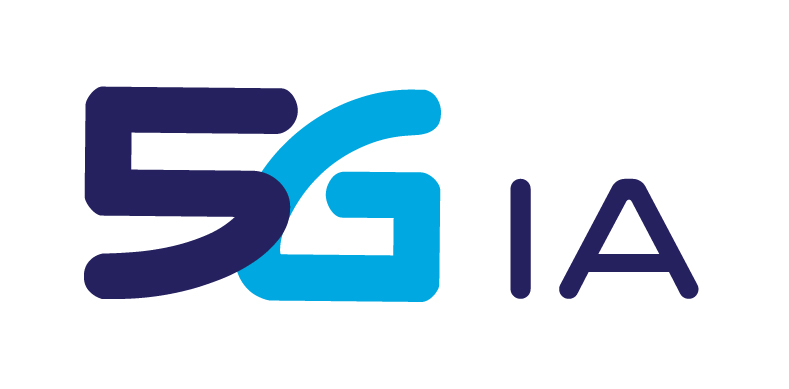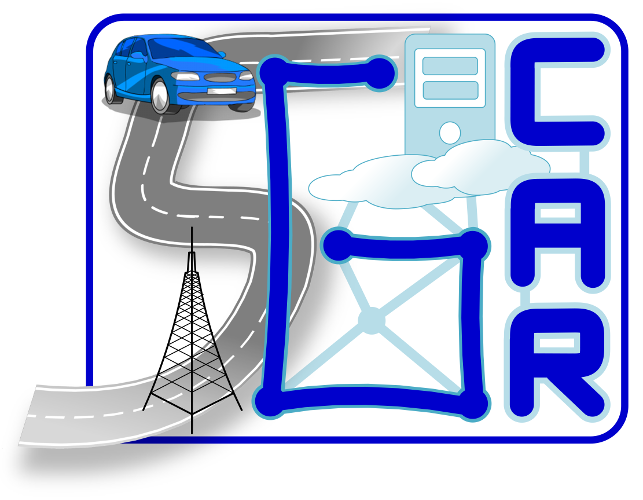

- About us
- Getting Involved
- Plans & Papers
- Events
- European 5G Activities
- Media & News
- Contact
5GCAR first report: the 5GCAR EU initiative pushes for future wireless vehicular communication
The project has just released its first report D2.1 on use cases and scenarios to support a fast and successful path towards safer and more efficient future driving.
 5GCAR has released the first report on use cases and scenarios to support a fast and successful path towards safer and more efficient future driving. With derived automotive, network and qualitative requirements a deeper understanding of what is truly needed to build the future system is presented.
5GCAR has released the first report on use cases and scenarios to support a fast and successful path towards safer and more efficient future driving. With derived automotive, network and qualitative requirements a deeper understanding of what is truly needed to build the future system is presented.
In the report “5GCAR Scenarios, Use Cases, Requirements and KPIs” (D2.1 available here) the project suggests a new taxonomy which categorizes the possible use cases for connected vehicles into five classes: Cooperative maneuver, Cooperative perception, Cooperative safety, Autonomous navigation, and Remote driving. For each of these classes, 5GCAR has elaborated one representative use case with to define the problem space; this includes the definition of concrete communication and automotive requirements and Key Performance Indicators (KPIs) to be addressed by the solutions and evaluations: Lane merge use case for cooperative maneuvers focuses on merging a vehicle into a lane of vehicles in a safe and efficient manner. See-through use case for cooperative perception focuses on extending the sensing region of a specific vehicle beyond line-of-sight by exchanging sensor information of different connected vehicles in the vicinity and thus combining their sensing regions. Network assisted vulnerable pedestrian protection use case for cooperative safety focuses on utilizing road users’ personal devices and network infrastructure to vastly improve the road safety. High definition local map acquisition use case for autonomous navigation focuses on local dynamic map updates for vehicles on the move. Automated parking use case for remote driving focuses on driving a vehicle remotely to the nearest parking lot without a human driver inside the vehicle.
Vehicle-to-everything (V2X) communication is a key enabler for future, highly-automated, self-driving vehicles that, combined with sensor-based technologies, will enhance the performance of automated driving and further increase traffic safety. To guarantee safe and efficient driving, while providing data rate demanding infotainment services, unprecedented stringent requirements are posed on the wireless communication system. The research initiative 5GCAR will address these demanding performance requirements by bringing the fields of telecommunication and automotive closer together.
Future project deliverables will present the development of the 5GCAR radio design that meets the demanding performance requirements. They will further present the development steps of the 5GCAR system architecture that is flexible in its functional and topological configuration, with advanced quality-of-service to efficiently support a wide range of V2X services and business models. The developed concepts will be validated by demonstrating three use cases on a test track: Lane merge coordination, Cooperative perception for maneuvers of connected vehicles, and Vulnerable road user protection.
5GCAR advances the frontiers of wireless communications technologies for automotive to meet the future societal challenges and expectations in this domain. There are several aspects that need to be addressed. For instance, it is needed to develop an overall 5G system architecture which can provide V2X communication services with high reliability, low latency, and strong security and privacy. Further, it is also needed to integrate existing communication systems with novel, high-performance 5G solutions which add new communication schemes exploiting direct, infrastructure-based and multi-link communication among vehicles and other entities. It is also needed to propose very accurate 5G radio-assisted positioning techniques for both vulnerable road users (pedestrians, cyclists, etc.) and vehicles. Beyond the technical challenges, it is also needed to understand the new business ecosystem being created around the telecom and automotive sectors, to define new business models and evaluate the existing spectrum usage alternatives that will support a wide range of 5G V2X services. 5GCAR will have significant and timely impact on the standardization efforts of communication technologies for automotive.
For any questions regarding 5GCAR, please contact the project coordinator: Dr. Mikael Fallgren, Ericsson (5GCAR-Contact@5g-ppp.eu) or visit the website here.






Share On